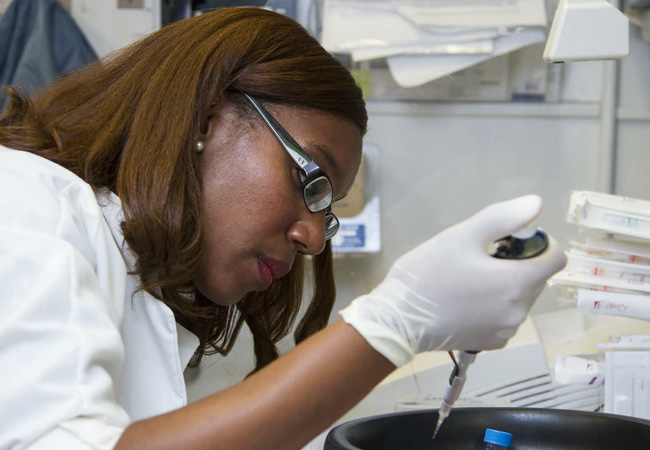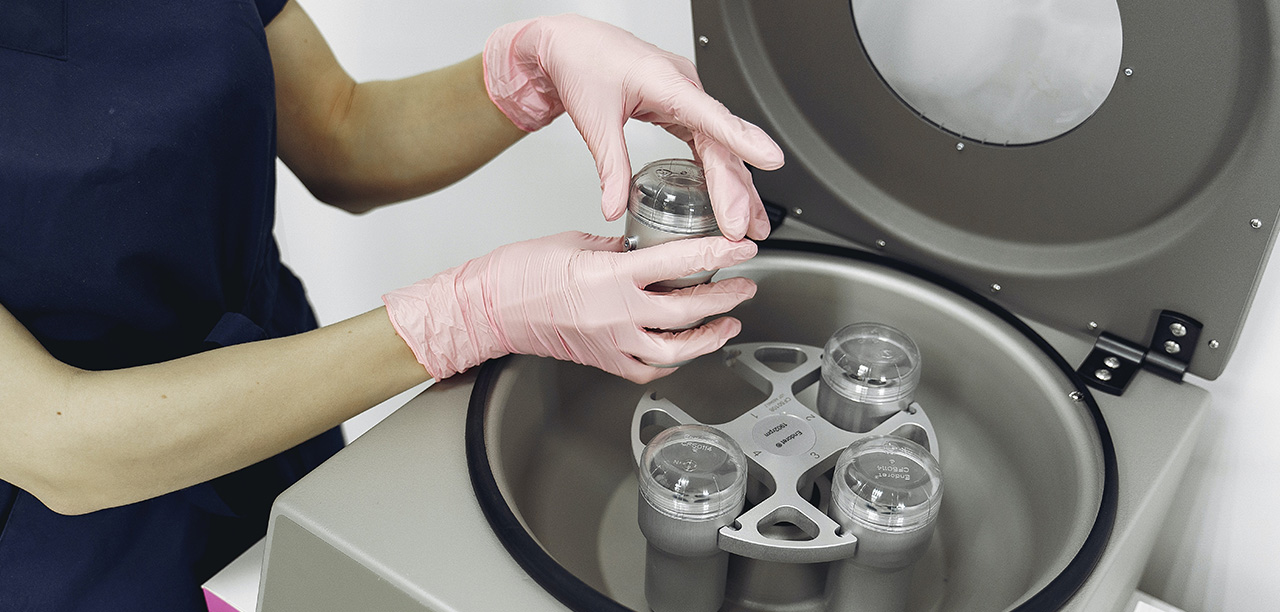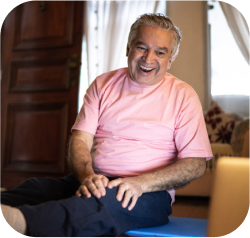Biological therapy is used to treat many diseases and conditions associated with tendons, ligaments, cartilage, and bones. It is the process of obtaining specific stem cells from patients, donors, or animals like fish, and reinjecting them into the patient’s disease-affected areas. The harvested stem cells are first spun in a centrifuge, which is a machine that separates plasma cell components so that only the vital plasma is used for the injection.
These injections modify the diseased cells, promoting preservation and regeneration of healthy cells and repairing infected cells. The difference between regular medicines and biologics is that regular medicines are not disease-modifying, only suppressing symptoms and pain. Biologics block and modify plasma cells in the immune system, potentially reducing inflammation, damage, and pain in the diseased joint area. This brings us to the question of whether we can use biologics for osteoarthritis.
Can Biologics Be Used for Osteoarthritis?
There is growing hope for the 14 million Americans who are suffering from OA. Because osteoarthritis is predominately viewed as an inflammatory disease triggered by wear and tear in joint areas, biological treatment for osteoarthritis is gaining serious momentum. Post-treatment, patients can experience substantial joint preservation properties, including reversal of the development of osteoarthritis. Even famous athletes like Tiger Woods have used biological therapies for sprained knees and injured tendons.
What is the Latest Treatment for Osteoarthritis?
Previously only being prescribed medications to ease symptoms or undergo surgery for severe cases, people can now get long-term relief by undergoing non-surgical OA treatments. Platelet-rich plasma (PRP), bone marrow aspirate concentrate (BMAC), and adipose-derived mesenchymal stem cells (ASC) are popular forms of therapy. Uses of Main OA Biological Therapies:
Platelet-Rich Plasma Therapy: PLP for osteoarthritis uses the blood’s natural healing properties to repair the knee, reducing pain, improving joint function, and potentially halting the progression of OA. Platelet-rich plasma is derived from a sample of the patient's blood, then being injected into the infected knee. The PLP inhibits inflammation and repairs damaged ligaments, tendons, cartilage, muscle, and even bone. Patients might require a course of several treatments depending on treatment success and OA severity.
Bone Marrow Aspirate Concentrate Therapy: BMAC therapy works similarly to PRP by using the body’s stem cells to promote healing and restoration. Stem cells such as red and white blood cells are produced within the bone marrow in larger bones in adults. Bone marrow stem cells are typically taken from a patient's hip bone. Once the cells and plasma are spun in a centrifuge to separate, they are then injected into the knee. In most cases, only one treatment is required to positively modify the target cells. Studied injections of BMAC have illustrated satisfactory results in 63.2% of the participating patients.
Adipose-Derived Mesenchymal Stem Cells Therapy: Adipose-derived mesenchymal stem cells are immature mesenchymal cells with stem cell-like properties. These cells have been shown to exhibit immune suppressive properties and release anti-inflammatory molecules. For ASC therapy, the stem cells are typically derived from the patient’s abdominal fat because the fat cells are resilient and can grow quickly. The cells are grown in a laboratory until sufficient cells are created to then inject into the patient’s knee. ASC has the potential to reverse the osteoarthritis condition. Patients might require a course of several treatments depending on treatment success and OA severity.

Important Things to Know About Osteoarthritis Treatment
- • Since some biological therapies for osteoarthritis are still relatively new, with research and trials in place, this means they are not yet clinically validated. When considering therapy, consult with your orthopedic doctor to assess whether it is suitable for you.
- • There are potential side effects that patients must be aware of before undergoing any biological treatments. Infection, nerve injuries, pain and swelling at the injection sites, and tissue damage are all potential risks of the biological therapy. Your doctor will discuss these risks with you before committing to any treatment.
- • Biological therapy doesn’t work for everyone. Research and trials continue to determine the exact efficacy of PRP, BMAC, ASC, and other therapies.
- • Ultimately, before going ahead with any therapy to treat osteoarthritis, it is advised you speak with your orthopedic doctor to educate yourself on the pros and cons of the recommended treatment.
Final Thoughts
Biological therapy is a flourishing area of research and development. These therapies have the potential to alleviate and reverse symptoms of osteoarthritis, even stalling the progression, with PRP having already been used to manage knee arthritis for more than a decade. With the technological advancements within the orthopedic industry, it deems promising that millions of people with OA will soon have better access to non-surgical solutions like biologics to reclaim their quality of life.





